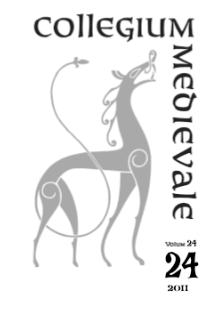Sammendrag
Norwegian scholars have regarded stone crosses and cross slabs from western Norway as testimonies to the Christianisation process, dating roughly from the mid-tenth century to the beginning of eleventh century. These monuments are also seen as the result of an influence from the west, and specifically from the British Isles. Stone crosses in eastern Norway are regarded as different: smaller, later, and located at churchyards.In various parts of the British Isles the dating of similar cross monuments ranges from the eighth to the fifteenth century. But we can find similar stone crosses in Germany as well, dated to late medieval / early modern periods, and interpreted as memorial stones. This indicates that chronology, distribution and function of the Norwegian crosses is perhaps less clear-cut than previously thought.
The discordant observations concerning stone monuments in various countries call for further investigations. In this article I investigate these questions, focusing particularly on the stone crosses in Norway and their relation to monuments in other countries.
Forfattere beholder opphavsretten og gir tidsskriftet rett til første publisering av arbeidet. En Creative Commons-lisens (CC BY-SA 4.0) gir samtidig andre rett til å dele arbeidet med henvisning til arbeidets forfatter og at det først ble publisert i dette tidsskriftet.

